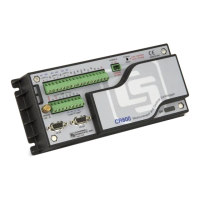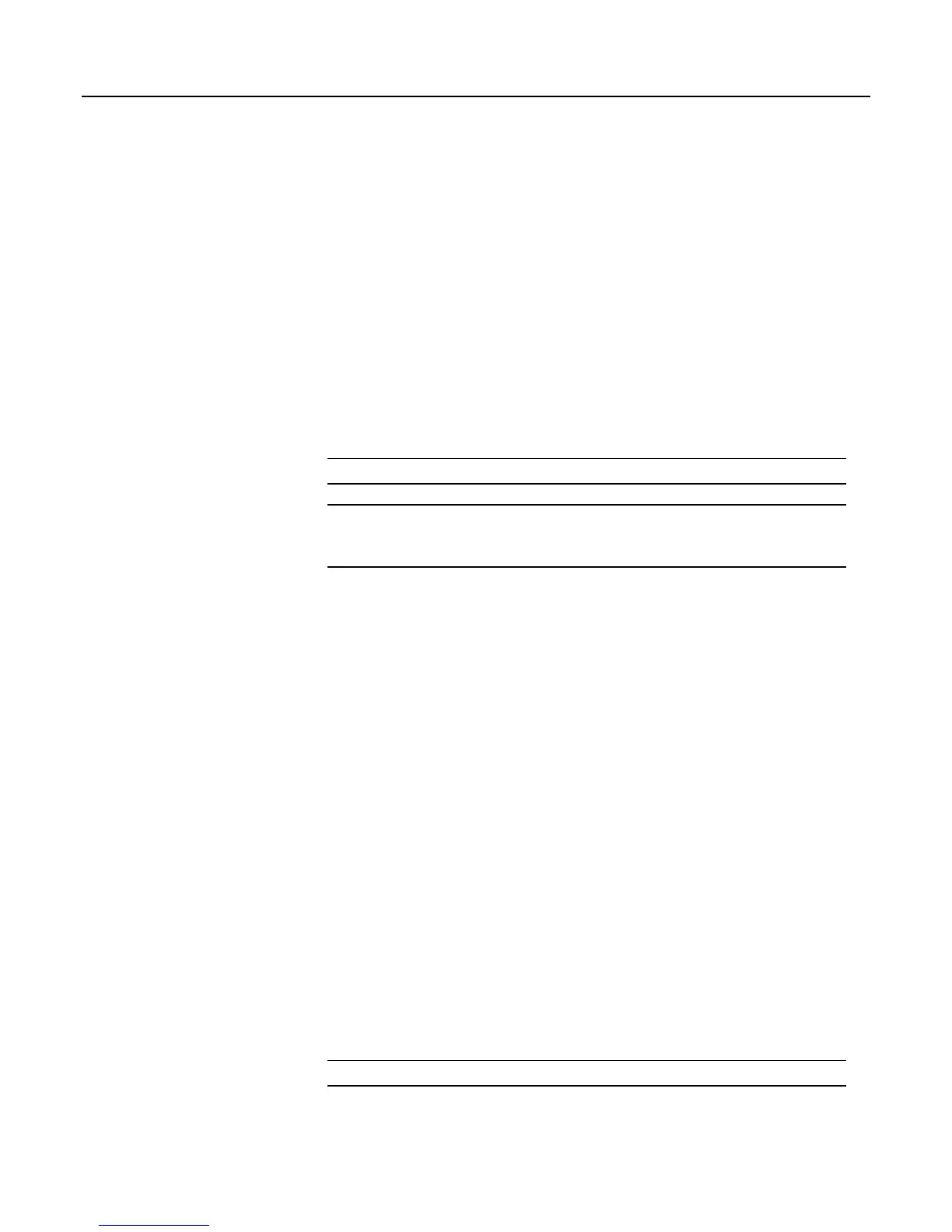Section 8. Operation
301
8.1.5.2 Pulse Input on Digital I/O Channels C1 - C4
Digital I/O channels C1 – C4 can be used to measure pulse inputs between -8.0
and +16 Vdc. Low frequency mode (<1 kHz) allows for edge timing and
measurement of period and frequency. High-frequency mode (up to 400 kHz)
allows for edge counting only. Switch-closure mode enables measurement of dry-
contact switch closures up to 150 Hz. Digital I/O channels can be programmed
with either PulseCount() or TimerIO() instructions.
When configured for input, signals connected to C1 – C4 are each directed into a
digital-CMOS input buffer that recognizes inputs ≥ 3.8 V as being high and inputs
≤ 1.2 V as being low.
Low-level ac signals cannot be measured directly by digital I/O channels. Refer
to the appendix Pulse / Frequency Input-Expansion Modules
(p. 538) for information
on peripheral modules available to convert low-level ac signals to square-wave
signals.
Read More! Review digital I/O channel specifications in CR800 Specifications
.
Caution Contact Campbell Scientific for signal conditioning information if a
pulse input < -8.0 or > +16 Vdc is to be measured. Under no circumstances
should voltages greater than ±50 V be connected to channels C1 – C4.
8.1.5.2.1 High Frequency Mode
Digital I/O channels have a small 25-ns input RC-filter time constant between the
terminal block and the CMOS input buffer, which allows for higher-frequency
pulse counting (up to 400 kHz) when compared with pulse-input channels P1 –
P2 (250 kHz maximum).
Switch-closure mode is a special case edge-count function. Because of signal
conditioning for debounce, 150 Hz is the maximum input frequency at which
switch closures can be measured on digital I/O channels.
Edge Counting (C1 - C4)
Rising edges (transitions from <1.5 Vdc to >3.5 Vdc) or falling edges (transitions
from >3.5 Vdc to <1.5 Vdc) of a square-wave signal can be counted.
Switch Closure (C1 - C4)
Two schemes are available for connecting switch-closure sensors to the CR800.
If a switch is to close directly to ground, an external pull-up resistor is should be
used as shown in figure Using a Pull-up Resistor on Digital I/O Channels C1 - C4
(p. 303).
Alternatively, if the switch is to close ground through a digital I/O port,
connect the sensor to the CR800 as diagrammed in figure Connecting Switch
Closures to Digital I/O
(p. 303).
Mechanical switch closures have a tendency to bounce before solidly closing.
Bouncing can cause multiple counts. The CR800 incorporates software switch
debounce in switch-closure mode for channels C1 – C4.
Note Maximum switch-closure measurement frequency of C1 – C4 is 150 kHz.

